About a year ago I discovered the wonderful, addictive and undiscovered social network that is Pinterest. For me, Pinterest has been a haven for finding beautiful, inspiring things, ideas and useful content. I’ve shared a few things of my own but have mostly enjoyed pinning all the amazing stuff I find on the Pinterest boards.
Enter a December 2011 report* stating that Pinterest will be one of the top 10 social networks in 2012 and all of sudden marketers have weighed in. A flurry of blog posts, ebooks and Youtube videos have followed, all detailing how businesses can use Pinterest to their advantage and reach the ever-flourishing mummy market.
Pinterest is definitely a great place to share and grow your business, particularly if you are a creative entrepreneur or if you sell other products and services that have visual appeal. However, if you jump in and share without an understanding about how Pinterest works, you will likely turn people off and, even worse, may play a role in killing the platform’s appeal.
Below are a five tips for responsible and shareworthy business pinning:
1. Pinterest will lose it’s appeal if you post spammy ads, profile pics flagrantly flaunting your business (or yourself), and unshareworthy images. So, please, please, avoid sharing Pinterest Spam—which I’m going to call “spampin”.
2. If you blog and you want to increase the chances of your posts being shared on Pinterest, make sure your images are shareworthy. Stock images that vaguely relate to a post are “meh” to be quite honest. If you are serious, hire a graphic designer to create original visuals for each of your blog posts.
3. Don’t overdo the infographic. The occasional infographic is great, but lately, I’ve noticed a dramatic increase in infographics on Pinterest. I get it. I can see why they are appealing and I’ve even done one myself lately, but there is such a thing as infographic overload. When there are too many, it feels a bit like manipulation to look at your stuff.
4. Don’t share images which are out of focus. Seriously, nuff said.
5. Don’t overpost your own sales items. It’s cool to post new products and slap a price on them (simply use the $ and a cute diagonal price label will show up on your image) but if you do too many at once, people will start to switch off. Think of Pinterest as another blogging platform. Post a pic and write about the process behind the creation and you will draw people’s interest.
Here are some other great blog posts about Pinterest etiquette.
- http://www.onthedotcreations.com/2012/02/pinterest-etiquette.html
- http://socialmouths.com/blog/2012/02/02/pinterest-everything-you-need-to-know/
- http://dcustom.com/three-things-youre-doing-wrong-on-pinterest/
Like most people, I’m still getting the hang of it, even though I’ve been at it longer than most. How about you? Are you on Pinterest yet? If you are, what are you using it for—business or pleasure?
*Comscore: It’s a Social World: Top 10 Need-to-Knows About Social Networking and Where It’s Heading.








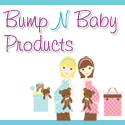



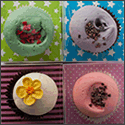
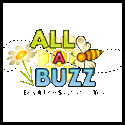
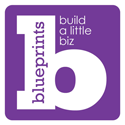
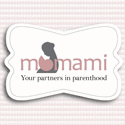

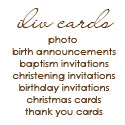

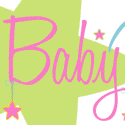

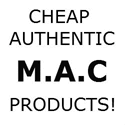




Pingback: BizSugar.com
Pingback: Pinterest for Joe-the-Marketer? | SEO Blog of Link-Assistant.Com